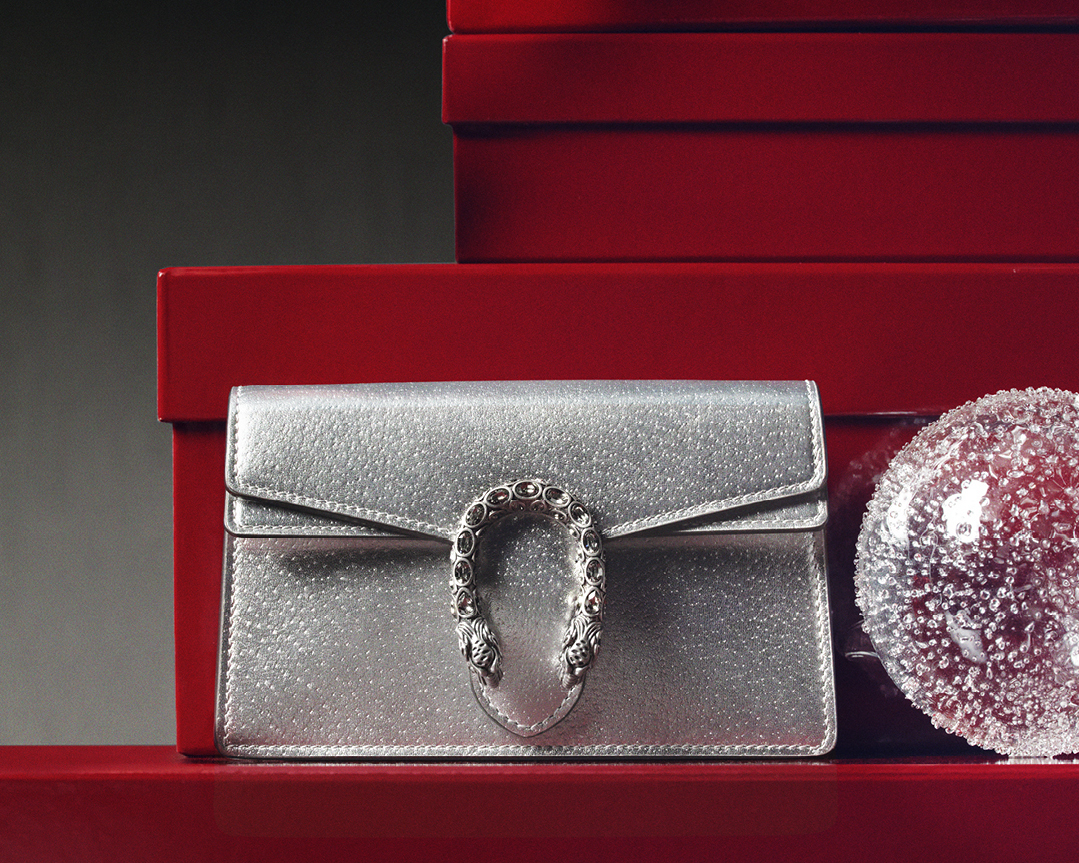Thoughts on gender identity issues and which labels in particular are contributing to break them down.
Are we finally getting rid of rigid gender constructs?
Gender-neutral labels and collections working beyond binary categories are proliferating more than ever.
“Fashion reflects in the most visible and concrete way the essential dialectic and dynamic reality of society” said Georg Simmel in his famous essay “Philosophy of Fashion” in 1905. This clear insight, one of the first to deal theoretically with the phenomenon of fashion , still shapes debates today that deal with the reciprocal relationship between society and fashion. In recent years, one discourse in particular which encompasses both areas, has repeatedly risen to the surface: gender and fashion, or rather, genderless fashion.
The fact that we distinguish between gender and sex, on the other hand, is not new. Social and cultural structures form gender as a social category, more as a construction. More and more, this construction of gender is being questioned, and the status quo is perceived as changeable. For more example, the philosopher and mother of queer theory, Judith Butler’s understanding of gender philosophy is based on the assumption that each of us performs gender every day. Behaviors are connoted as feminine or masculine and are thus reinforced. And of these, an important factor, if not one of the most important, is our clothing. Whether masculine or feminine, there is a narrow idea of fitting into certain gender identities. So, if fashion helps to pin down gender, could it also help to establish a more open and diverse idea of gender?
In 1900, Sarah Bernhardt was the first woman to wear pants in public. Coco Chanel presented her first sports models in jersey fabric in 1913, which allowed freedom and movement. And Yves Saint Laurent also had a major impact on the issue of gendered clothing with “Le Smoking,” the first jacket suit for women, in 1966. But what we now consider gender-neutral clothing is not much more than the appropriation and adaptation to the female body of traditionally male fashion. And the reverse trend, while by no means to the same extent, can now be seen on the catwalks and red carpets.Harry Styles wears a skirt on the cover of Vogue and the rapper Young Thug has also been wearing women’s clothing since at least 2015, when he wore a skirt on a Dazed cover, and later a dress on the cover of his own album.



